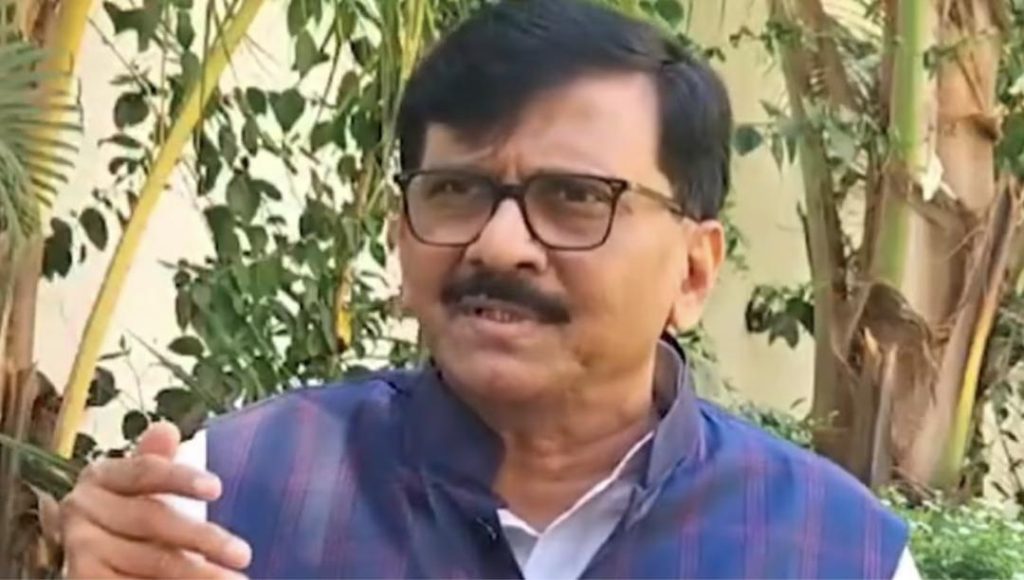
Aurangzeb’s Tomb is a Symbol of Bravery of Marathas: Sanjay Raut
The debate surrounding the tomb of Mughal Emperor Aurangzeb in Aurangabad has taken a new turn with Shiv Sena (UBT) MP Sanjay Raut calling it a “symbol of bravery” of the Marathas. Raut made this statement while criticizing the VHP and Bajrang Dal for staging protests demanding the removal of the tomb. The MP emphasized that future generations should know about the history behind the tomb and the bravery of the Marathas.
The controversy surrounding the tomb has been ongoing for several years, with the VHP and Bajrang Dal demanding its removal, citing Aurangzeb’s role in the destruction of temples in India. However, Raut’s statement has brought a new perspective to the debate, highlighting the bravery and sacrifice of the Marathas who fought against the Mughal Empire.
The Marathas were a prominent warrior community in India during the 17th and 18th centuries, and they played a significant role in the fight against the Mughal Empire. Aurangzeb, who ruled India from 1658 to 1707, was a fierce opponent of the Marathas, and the two sides clashed in several battles. Despite being outnumbered, the Marathas were able to inflict significant losses on the Mughal Empire, and their bravery and sacrifice are still celebrated in India today.
Raut’s statement is significant because it challenges the prevailing narrative that the Mughal Empire was a unifying force in India. While it is true that the Mughals did bring different regions of India under their control, they also imposed their own culture and religion on the people, leading to widespread resentment and rebellion. The Marathas were one of the earliest and most prominent groups to resist Mughal rule, and their bravery and sacrifice are an important part of Indian history.
In addition to highlighting the bravery of the Marathas, Raut’s statement also underscores the importance of understanding history. The MP emphasized that people who do not have knowledge of history are asking to remove the tomb, and he urged the public to stop the “drama of protest” and learn about the history behind the tomb. This is a crucial point, as many people in India today do not have a deep understanding of their own history, and this lack of knowledge can lead to misunderstandings and misconceptions.
The tomb of Aurangzeb is a significant historical monument, and it is an important part of India’s cultural heritage. The Mughal Empire was a major power in India for over three centuries, and its architecture, art, and culture continue to influence Indian society today. The tomb is a testament to the empire’s grandeur and its ability to build magnificent structures that have stood the test of time.
In conclusion, Sanjay Raut’s statement that Aurangzeb’s tomb is a symbol of bravery of the Marathas is a significant development in the ongoing debate surrounding the tomb. The MP’s emphasis on the importance of understanding history and the bravery of the Marathas is a timely reminder of the need to respect and learn from India’s past. The tomb of Aurangzeb is an important historical monument, and it is an important part of India’s cultural heritage. As such, it should be preserved and protected for future generations to learn from and appreciate.




